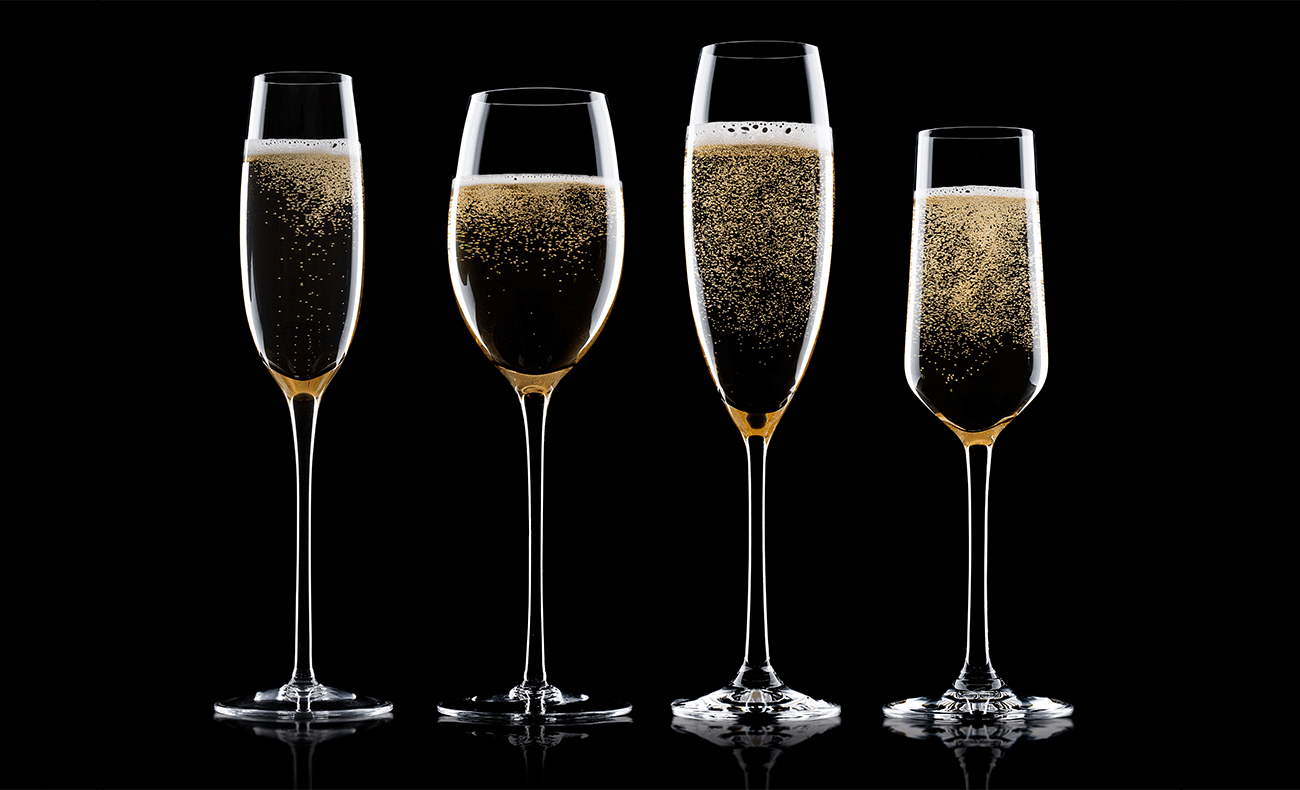Exploring the Diversity of Spirits: A Guide to Different Types and Their Unique Characteristics In the vast realm of...

Uncorking the Elegance
Uncorking the Elegance: Wine Production in Italy's Piemonte
Nestled in the northwest corner of Italy, the picturesque region of Piemonte, often referred to as Piedmont, is a treasure trove for wine enthusiasts. Boasting rolling hills, medieval towns, and a rich cultural heritage, Piemonte is renowned for its wine production, particularly its iconic reds and captivating whites. In this article, we explore the centuries-old tradition of winemaking in Piemonte and delve into the unique factors that have made this region a celebrated wine destination.
Piemonte's Wine History
Wine production in Piemonte dates back to the Roman era, but it truly flourished during the Middle Ages. Monks in monasteries played a pivotal role in nurturing vineyards and developing winemaking techniques, with their knowledge passed down through the generations. By the 19th century, the region was already gaining recognition for its wines, particularly Barolo and Barbaresco.
Piemonte's Wine Regions
Piemonte is home to several distinctive wine regions, each with its own grape varieties and unique characteristics. The most famous of these are:
Langhe: The Langhe region, known for its rolling hills and picturesque vineyards, is famous for producing Barolo and Barbaresco wines, often referred to as the "King and Queen" of Italian wines. These wines are made primarily from the Nebbiolo grape variety and are celebrated for their complexity, aging potential, and unique terroir.
Asti and Alba: The Asti and Alba regions are renowned for their sparkling wines, most notably Asti Spumante and Moscato d'Asti. These sweet and aromatic wines are produced from the Moscato grape variety and are perfect for celebrations and dessert pairings.
Monferrato: This region is known for its production of Barbera, Dolcetto, and Gavi wines. Barbera, with its bright acidity, and Dolcetto, known for its fruit-forward character, are popular everyday wines, while Gavi, made from the Cortese grape, is a crisp and refreshing white wine.
Roero: Roero is recognized for its Roero Arneis, a white wine produced from the Arneis grape. This wine is characterized by its bright acidity and flavors of green apple and pear.
Unique Terroir
Piemonte's terroir is a vital factor contributing to the distinctive character of its wines. The region's unique combination of climate, soil, and topography makes it particularly well-suited for growing certain grape varieties. The Langhe region, for example, boasts soils rich in clay and limestone, which are ideal for Nebbiolo, while the Roero region's sandy soils provide the perfect conditions for Arneis.
In addition, Piemonte's variable climate, with its warm, sunny days and cool nights, helps to ensure the development of balanced acidity and a wide range of flavors in the grapes. The mountains surrounding the region, including the Alps and the Apennines, create a protective barrier, contributing to the region's overall climatic stability.
Sustainable Winemaking
Sustainability and environmental responsibility have become increasingly important in Piemonte's winemaking practices. Many wineries in the region have adopted eco-friendly approaches, such as organic and biodynamic farming, to preserve the land and maintain the region's pristine terroir.
Conclusion
Italy's Piemonte region is a true paradise for wine connoisseurs, offering a rich tapestry of wine styles and flavors. From the noble Barolo and Barbaresco to the vibrant Moscato d'Asti, the wines of Piemonte capture the essence of this enchanting region. With a history rooted in tradition and a future focused on sustainability, Piemonte's winemakers continue to produce exceptional wines that both honor the past and look towards a promising future. So, the next time you uncork a bottle of Piemonte wine, savor not only the flavors but also the centuries of winemaking heritage that make it possible. Salute!












